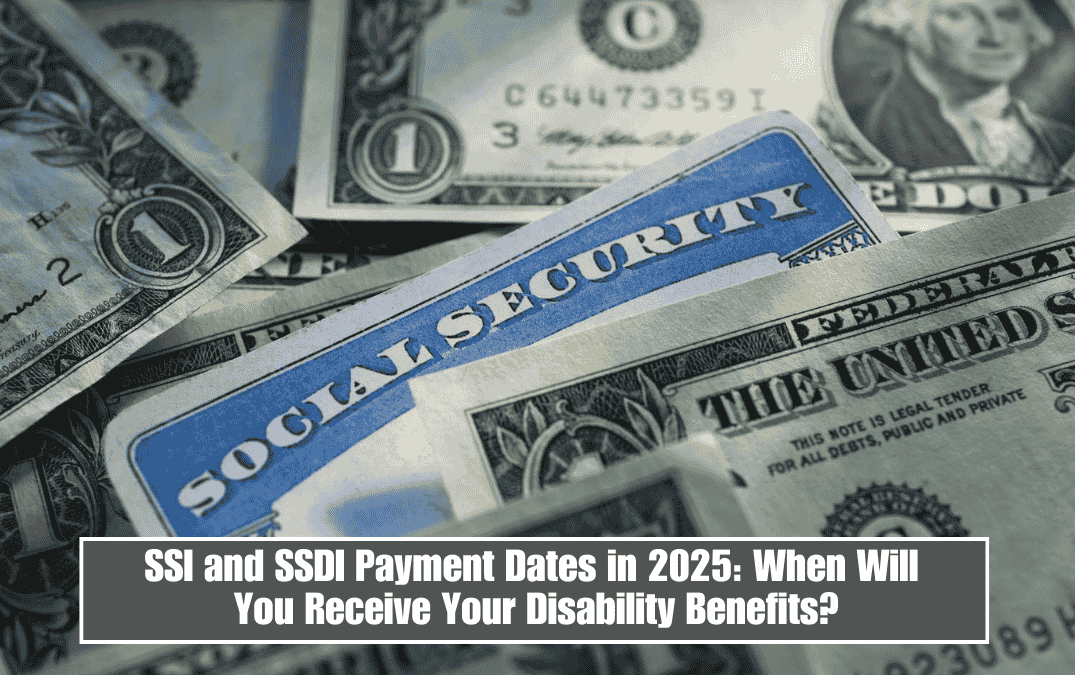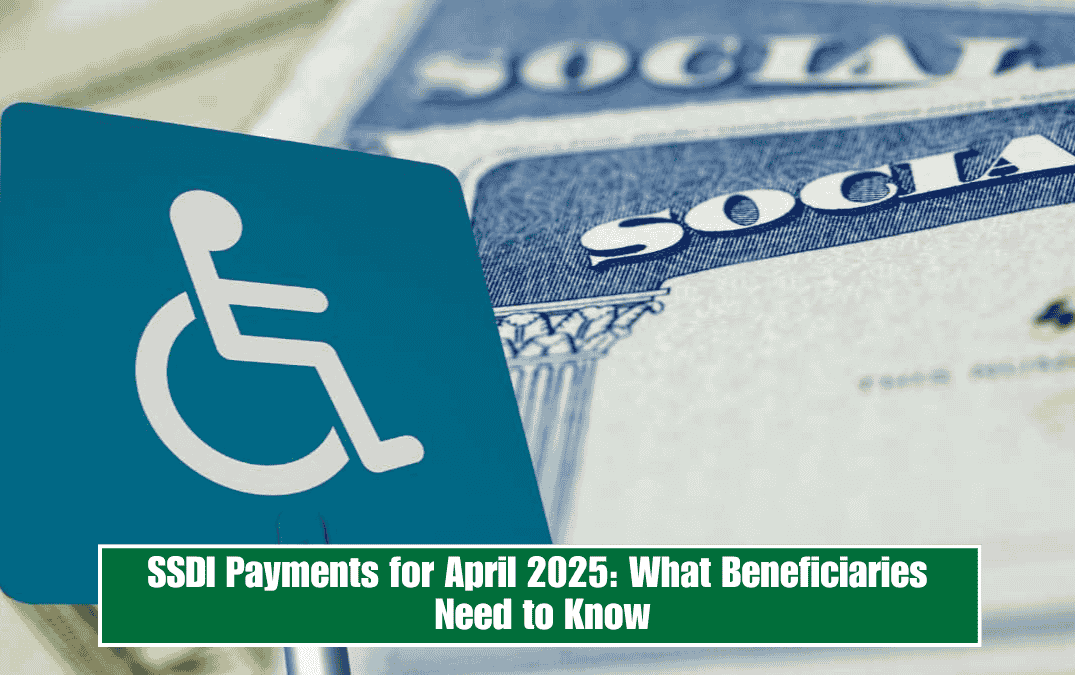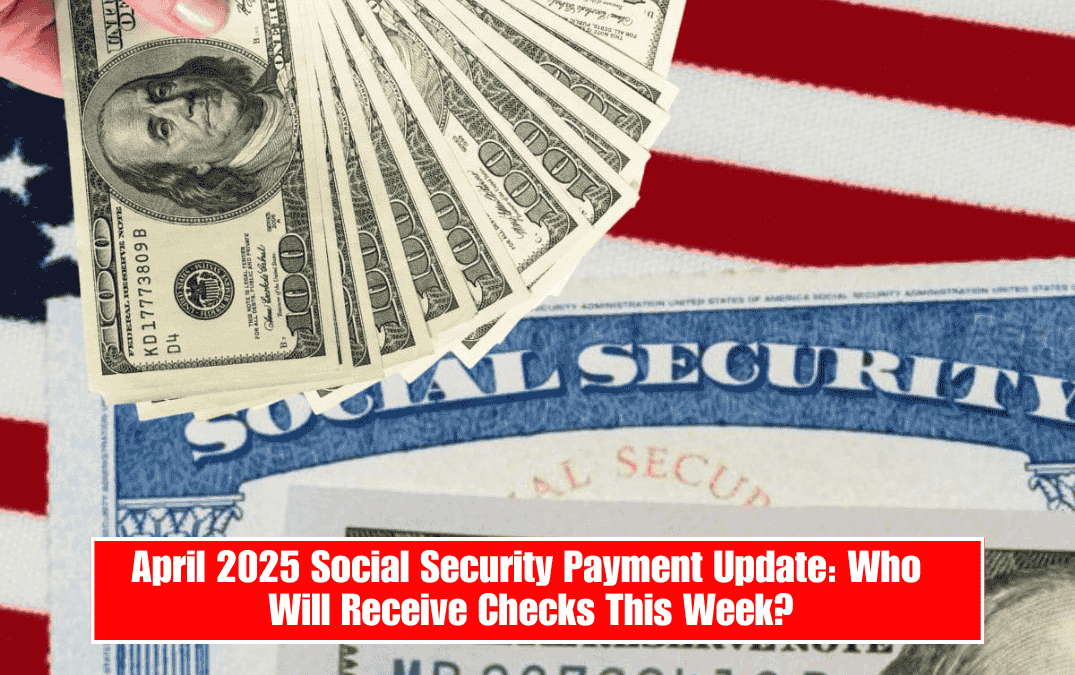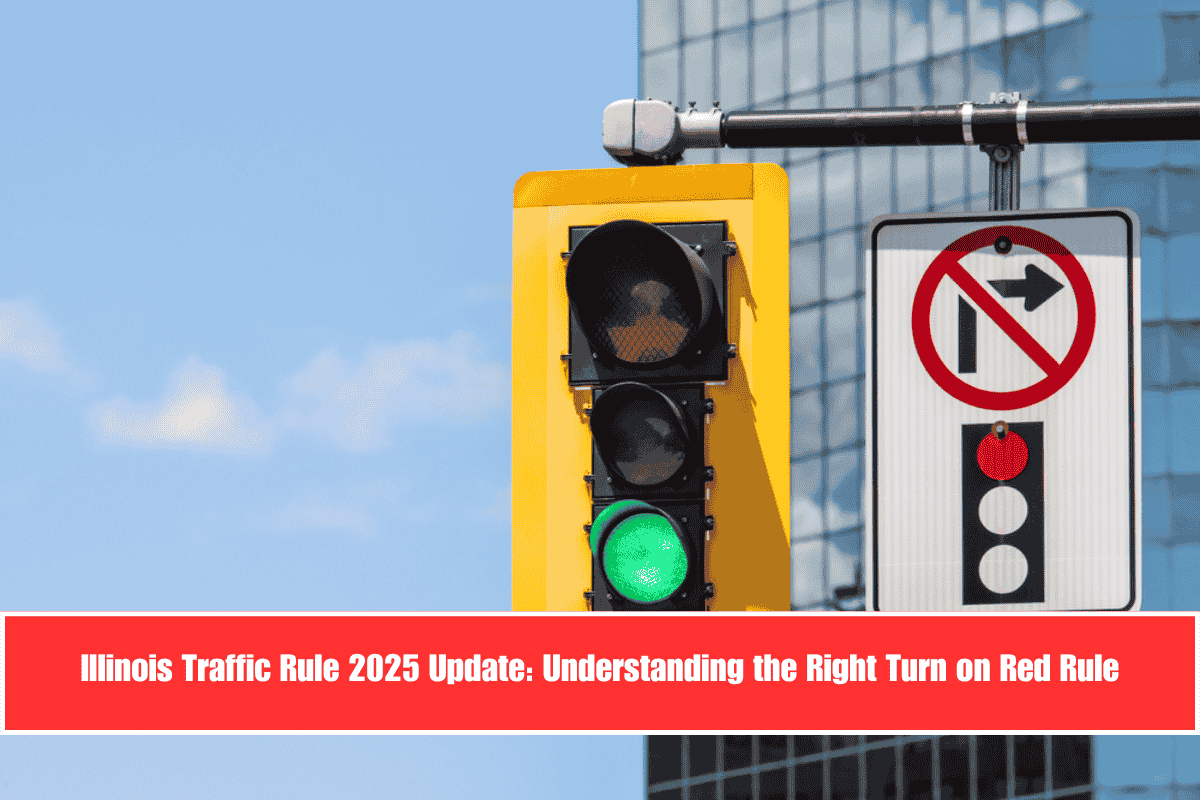For millions of Americans who rely on SSI (Supplemental Security Income) and SSDI (Social Security Disability Insurance), knowing exactly when payments arrive is extremely important. These monthly payments provide vital support for people who are disabled, elderly, or blind—and help them cover essentials like food, rent, and healthcare.
In this guide, you’ll learn when SSI and SSDI payments are deposited, who gets paid first, and how you can plan your monthly finances better by staying on top of your benefit schedule.
Quick Look: SSI and SSDI Payment Schedule
| Topic | Details |
|---|---|
| SSI Payment Date | Usually deposited on the 1st of each month, or earlier if the 1st is a weekend or holiday |
| SSDI Payment Date | Based on birth date: 2nd, 3rd, or 4th Wednesday of the month |
| Who Gets Paid First | SSI is generally paid before SSDI |
| Managed By | Social Security Administration (SSA) |
| Payment Method | Direct deposit or Direct Express debit card |
What Is SSI and Who Gets It?
SSI is a needs-based federal program for people who are disabled, blind, or aged 65+ with low income and few resources. It’s funded by general tax money (not Social Security taxes) and helps people meet basic living expenses like food, clothing, and housing.
Eligibility for SSI is based on:
- Income (must be low)
- Resources (must be under $2,000 for individuals or $3,000 for couples)
- Residency and citizenship requirements
What Is SSDI and Who Is Eligible?
SSDI is for people who were working and paying Social Security taxes, but are now unable to work due to a disability. Unlike SSI, SSDI is based on your work history and contributions to Social Security.
To qualify, you must:
- Have worked enough years and paid Social Security taxes
- Have a medical condition that prevents you from working for at least 12 months
SSI Payment Dates: What to Expect
SSI is usually deposited on the first day of every month. However, if the 1st falls on a weekend or federal holiday, you’ll receive your payment on the last working day before that.
Example:
If July 1 is a Saturday, you’ll get your SSI payment on Friday, June 30.
This schedule is predictable and simple, which helps recipients plan better.
SSDI Payment Dates Based on Birthday
SSDI payments are sent on a specific Wednesday each month, depending on your date of birth:
- Born 1st–10th: Paid on the second Wednesday
- Born 11th–20th: Paid on the third Wednesday
- Born 21st–31st: Paid on the fourth Wednesday
Special Case:
If you started receiving SSDI before May 1997, or if you receive both SSI and SSDI, then your SSDI check will come on the third of each month instead.
Example:
If your birthday is April 15, you’ll get SSDI on the third Wednesday of April.
Which Payment Comes First: SSI or SSDI?
In most cases, SSI arrives first, because it is paid on the 1st of the month, while SSDI follows later based on your birth date. For those receiving both SSI and SSDI, you’ll typically receive your SSI payment first, then your SSDI in the middle or end of the month.
How to Manage Your Disability Payments
Here are a few simple tips to help you make the most of your monthly benefits:
- Mark Payment Dates:
Use a calendar or reminder app to track when your SSI and SSDI deposits are expected. - Enable Direct Deposit:
Always choose direct deposit to receive payments faster and avoid delays from checks. - Plan Your Monthly Budget:
Use your early SSI payment to cover rent and essentials at the start of the month, and reserve your SSDI payment for later bills, groceries, or savings. - Watch for Holidays:
If a holiday falls near your payment date, the deposit may arrive early. Always double-check the SSA’s updated payment calendar for any changes.
Whether you receive SSI, SSDI, or both, understanding the payment schedule is key to managing your monthly expenses. SSI is typically deposited on the 1st of each month, while SSDI follows a birth date-based schedule. Knowing when your payment is coming helps you plan better, avoid missed bills, and reduce stress.
If you’re unsure about your exact dates, contact the Social Security Administration or check your My Social Security account online for updates.















